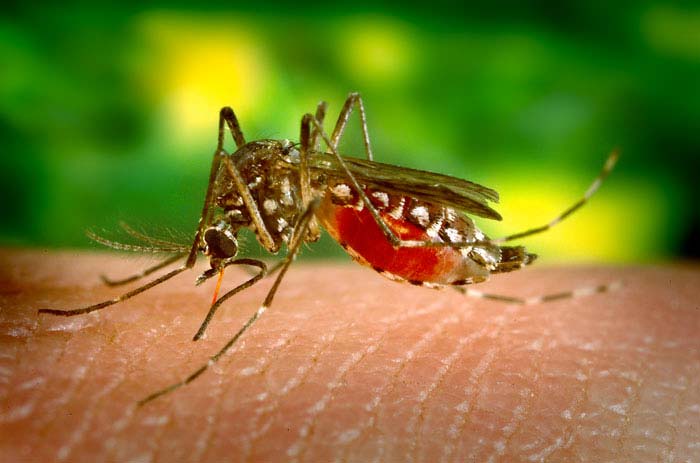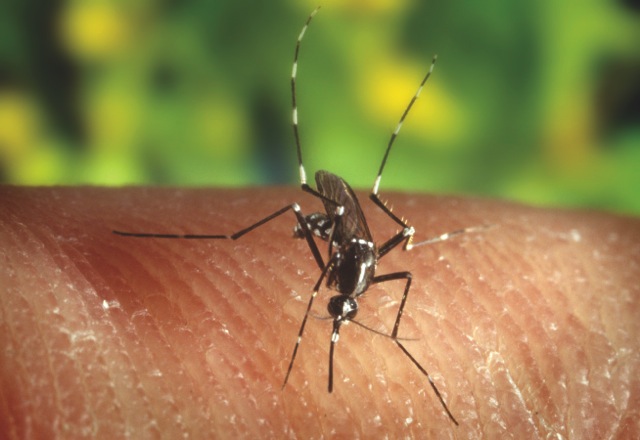The news is abuzz with mosquitoes these days; outbreaks of dengue fever on Hawaiʻi Island have us all a little…
Read More
avian malaria
A changing climate and the plight of the ‘i‘iwi
On just about any given day you can find ‘i‘iwi, among the more charismatic species of Hawaiian honeycreepers, flitting around…
Read More


